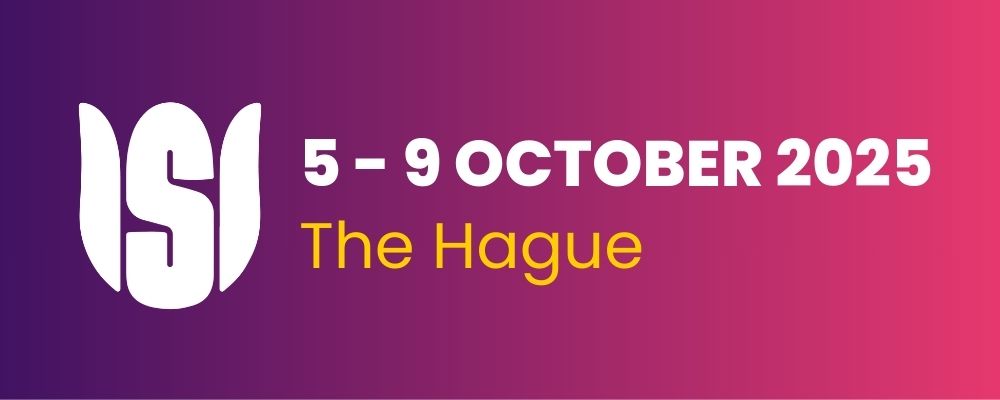Measurement Challenges of Data Assets in Official Statistics
Conference
Category: International Association for Official Statistics (IAOS)
Proposal Description
Data evolution and data revolution have brought great challenges to the field of data asset accounting. It is in urgent need of reform, and even revolutionary innovation may be required under certain conditions such as digitalization and globalization. However, the scientific methods and advanced techniques of measuring data values cannot track the rapid and sharp changes of data, the data asset accounting methodology and related theories are solidified, and the data infrastructure for statistical practice and government decision-making is seriously out of date and facing great challenges. With the rapid development process of the digital economy in the world, the future of economic statistics with data asset accounting as its main feature requires a variety of suggestions and extensive discussion.
The papers in the session will highlight the fundamental methodology of data asset accounting.
1. Statistical Framework of Data Assets: Raw data and classifications
The first paper will construct a new data accounting framework within the System of National Accounts (SNA) to demonstrate how traditional concepts, definitions, classifications and calculating methods in SNA are suitable for data flows and stocks when they are put into practice for data accounting. She will provide a consistent account sequence including a balance sheet for data capital assets. An empirical case from China will be put forward as an attempt to carry out the possibility of the new data accounting framework.
2. Statistical accounting of data asset: Framework and application
The second paper deconstructs the data value chain into the data production chain and value-added chain to interpret the production accounting scope of data assets. Proposing a theoretical framework for data asset-based accounting, building data production skill set, using online job postings and machine learning model to estimate the proportion and time use coefficient of employees participating in data production activities, calculating the flow and stock of data assets, then analyzing its contribution to economic growth.
3. Measuring government data asset value: Practical experience from Zhejiang province, China
The third paper constructs a triple value measure scheme, i.e., a cost efficiency value composed of material cost and human cost, a governance performance value composed of government data richness, openness, and update, and a sharing value composed of government data usage and feedback. Taking Zhejiang Province as an example, it estimates the data asset value of different functional departments and compares the similarities and differences among the three types of functional departments.
4. Digital asset accounting and its contribution to economic growth
This paper models China's digital economy from 2001 to 2020 by the input-output tables and calculates the total amount of different types of digital assets. Both the geometric efficiency model and hyperbolic efficiency model are used to estimate the value of capital services, and the robustness analysis is carried out. Based on the growth accounting framework, it analyzes the contributions of digital assets to economic growth distinguishing digital and non-digital industries.
Submissions
- Digital Asset Accounting and its Contribution to Economic Growth
- Logical Starting Point of Data Asset Accounting:Raw Data and Its Classification Accounting Framework
- Research on Statistical Measurement of Government Data Asset Value --Practical experience from Zhejiang Province, China
- Statistical Framework of Data Assets: Framework and Application


